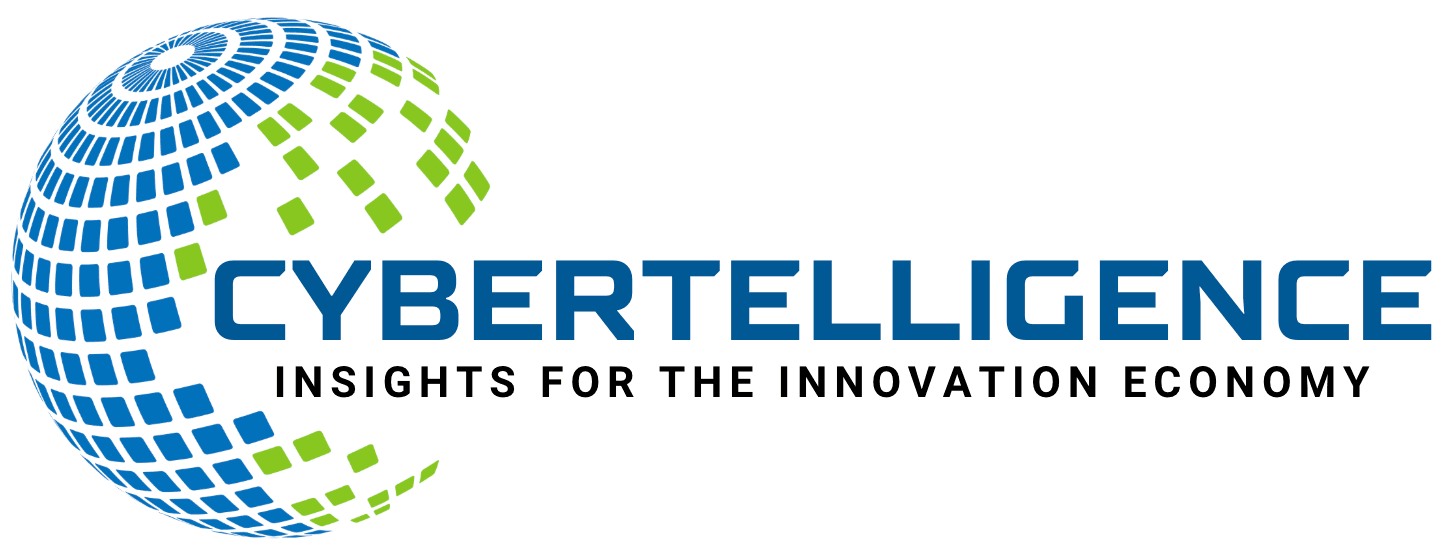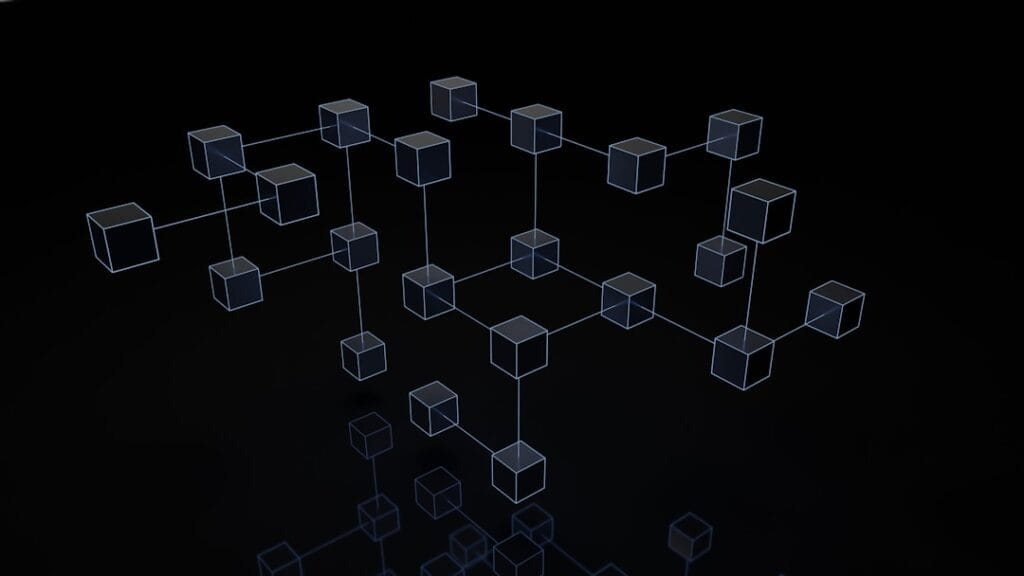The journey of speech recognition technology has been nothing short of remarkable. It all began in the 1950s when researchers first experimented with the idea of machines understanding human speech. Early systems were rudimentary, capable of recognizing only a limited number of words and phrases.
You might find it fascinating that the first significant breakthrough came with the development of the “Audrey” system, which could recognize digits spoken by a single voice. This was a monumental step, laying the groundwork for future advancements in the field.
The 1970s and 1980s saw the introduction of more sophisticated systems that could handle continuous speech rather than just isolated words. You may appreciate how this evolution mirrored advancements in computer processing power and algorithms. By the 1990s, commercial applications began to emerge, allowing users to dictate text and control devices using their voices.
This period marked a significant shift, as speech recognition started to become more accessible to the general public, paving the way for its integration into everyday life.
Key Takeaways
- Speech recognition technology has evolved significantly over the years, from basic systems to advanced AI-powered solutions.
- Speech recognition works by converting spoken words into text through complex algorithms and language models.
- Speech recognition has revolutionized communication by enabling hands-free interaction with devices and improving accessibility for individuals with disabilities.
- Using speech recognition technology offers advantages such as increased productivity, convenience, and the ability to multitask effectively.
- Speech recognition technology has applications in various industries, including healthcare, customer service, and automotive, improving efficiency and user experience.
How Speech Recognition Works
Understanding how speech recognition works can deepen your appreciation for this technology. At its core, speech recognition involves converting spoken language into text. This process begins with capturing audio through a microphone, which then digitizes the sound waves.
You might be surprised to learn that the next step involves breaking down these sound waves into smaller components called phonemes, which are the basic units of sound in a language. Once the phonemes are identified, sophisticated algorithms analyze them against vast databases of known words and phrases. This is where machine learning comes into play.
The system uses statistical models to predict which words are most likely to follow one another based on context and previous usage patterns. You may find it intriguing that modern speech recognition systems also incorporate natural language processing (NLP) to enhance understanding and improve accuracy, allowing them to grasp nuances in human speech, such as accents and dialects.
The Impact of Speech Recognition on Communication

The impact of speech recognition technology on communication is profound and far-reaching. You may have noticed how it has transformed the way you interact with devices, making communication more intuitive and efficient. Voice-activated assistants like Siri, Google Assistant, and Alexa have become household names, allowing you to perform tasks hands-free, from setting reminders to controlling smart home devices.
This shift has not only made technology more accessible but has also changed your expectations regarding how you interact with machines. Moreover, speech recognition has played a crucial role in bridging communication gaps for individuals with disabilities. For those who may struggle with traditional input methods, such as typing or using a mouse, voice recognition offers a lifeline.
You might consider how this technology empowers users to engage more fully in conversations and activities that were once challenging or impossible. As a result, speech recognition is not just a tool; it is a catalyst for inclusivity and enhanced communication across diverse populations.
Advantages of Using Speech Recognition Technology
| Advantages | Description |
|---|---|
| Increased Productivity | Speech recognition technology can significantly increase the speed of data entry and document creation, saving time and improving efficiency. |
| Accessibility | It provides a way for individuals with physical disabilities to interact with computers and devices, improving accessibility and inclusivity. |
| Hands-free Operation | Users can perform tasks and access information without using their hands, which is particularly useful in situations where hands-free operation is necessary. |
| Improved Accuracy | Speech recognition technology can reduce errors associated with manual data entry, leading to improved accuracy in transcriptions and data processing. |
| Cost Savings | By automating certain tasks and reducing the need for manual transcription, organizations can realize cost savings in terms of time and resources. |
There are numerous advantages to using speech recognition technology that can significantly enhance your daily life. One of the most notable benefits is increased efficiency. Imagine being able to dictate emails or documents without having to type each word manually.
This can save you valuable time and allow you to focus on more critical tasks. Additionally, voice commands can streamline interactions with devices, making it easier for you to multitask or operate hands-free while driving or cooking. Another advantage lies in accessibility.
For individuals with physical disabilities or conditions that make typing difficult, speech recognition provides an alternative means of communication and interaction with technology. You may find it empowering to know that this technology can help level the playing field, enabling everyone to access information and services more easily. Furthermore, as speech recognition continues to improve, its accuracy and reliability are expected to increase, making it an even more valuable tool in various contexts.
Applications of Speech Recognition in Different Industries
Speech recognition technology has found applications across a wide range of industries, revolutionizing how businesses operate and interact with customers. In healthcare, for instance, doctors can use voice recognition software to dictate patient notes directly into electronic health records (EHRs). This not only saves time but also reduces the risk of errors associated with manual data entry.
You might appreciate how this application enhances patient care by allowing healthcare professionals to focus more on their patients rather than administrative tasks. In the customer service sector, companies are increasingly adopting voice recognition systems to improve user experience. Automated phone systems can understand and respond to customer inquiries more effectively than ever before.
You may have encountered these systems when calling for support or information; they can quickly direct you to the appropriate department or provide answers without the need for human intervention. This not only streamlines operations but also enhances customer satisfaction by reducing wait times and providing immediate assistance.
Overcoming Challenges in Speech Recognition Technology

Despite its many advantages, speech recognition technology faces several challenges that must be addressed for it to reach its full potential. One significant hurdle is the variability in human speech patterns. Accents, dialects, and even individual speaking styles can affect how accurately a system recognizes spoken words.
You may have experienced frustration when a voice assistant fails to understand your commands due to these variations. Developers are continually working on improving algorithms to accommodate this diversity, but it remains an ongoing challenge. Another challenge lies in background noise and environmental factors that can interfere with accurate recognition.
In busy settings or noisy environments, capturing clear audio becomes difficult, leading to misinterpretations or errors in transcription. You might find it interesting that researchers are exploring advanced noise-cancellation techniques and improved microphone technologies to mitigate these issues. As these challenges are addressed, you can expect speech recognition systems to become even more reliable and effective in various contexts.
The Role of Artificial Intelligence in Speech Recognition
Artificial intelligence (AI) plays a pivotal role in advancing speech recognition technology. Machine learning algorithms enable systems to learn from vast amounts of data, improving their ability to recognize patterns in speech over time. You may be intrigued by how AI allows these systems to adapt and evolve based on user interactions, making them more personalized and efficient as they gather insights from your voice commands.
Moreover, AI enhances natural language processing capabilities, enabling systems to understand context and intent better.
As AI continues to evolve, you can expect even greater advancements in speech recognition technology, leading to more seamless interactions between humans and machines.
Enhancing Accessibility with Speech Recognition
One of the most significant contributions of speech recognition technology is its ability to enhance accessibility for individuals with disabilities. For those who have difficulty using traditional input methods due to physical limitations or impairments, voice recognition offers an alternative means of communication and interaction with technology. You may find it inspiring how this technology empowers users by providing them with greater independence and control over their devices.
In educational settings, speech recognition can assist students with learning disabilities by allowing them to dictate their thoughts instead of struggling with writing or typing. This not only fosters creativity but also helps build confidence in their abilities. You might consider how such applications can transform lives by making information and resources more accessible to everyone, regardless of their physical capabilities.
Security and Privacy Concerns in Speech Recognition
As with any technology that processes personal data, security and privacy concerns surrounding speech recognition cannot be overlooked. When you use voice-activated devices or applications, your spoken commands are often recorded and analyzed by cloud-based servers. This raises questions about data security and how your information is stored and used by companies.
You may feel uneasy knowing that your voice data could potentially be accessed by unauthorized parties if proper safeguards are not in place. To address these concerns, developers are implementing stronger encryption methods and privacy policies that prioritize user consent and data protection. You might appreciate knowing that many companies are now offering options for users to delete their voice recordings or opt out of data collection altogether.
As awareness of these issues grows, it is essential for you as a user to stay informed about how your data is handled and take steps to protect your privacy when using speech recognition technology.
Future Developments in Speech Recognition Technology
The future of speech recognition technology holds exciting possibilities that could further transform how you interact with devices and communicate with others. As advancements in AI continue to progress, you can expect improvements in accuracy and responsiveness that will make voice recognition even more seamless and intuitive. Imagine being able to converse naturally with your devices without having to adjust your speaking style or repeat commands multiple times.
Additionally, emerging technologies such as edge computing may play a significant role in enhancing speech recognition capabilities. By processing data locally on devices rather than relying solely on cloud servers, you could experience faster response times and improved privacy protections. As these developments unfold, you may find yourself increasingly reliant on voice-activated technology in your daily life.
Tips for Improving Speech Recognition Accuracy
To get the most out of speech recognition technology, there are several tips you can follow to improve accuracy when using these systems. First and foremost, speaking clearly and at a moderate pace can significantly enhance recognition rates. You might find it helpful to practice enunciating your words distinctly while avoiding mumbling or speaking too quickly.
Another useful tip is to minimize background noise whenever possible. If you’re using a voice assistant or dictation software in a noisy environment, consider moving to a quieter space or using noise-canceling headphones with a built-in microphone for clearer audio capture. Additionally, familiarizing yourself with the specific commands or phrases recognized by your chosen system can help streamline interactions and reduce misunderstandings.
By following these tips and staying informed about advancements in speech recognition technology, you can maximize its benefits while enjoying a more efficient and accessible communication experience.
Speech recognition technology has been rapidly evolving, becoming an integral part of various applications from virtual assistants to automated customer service. As we delve deeper into the capabilities of AI, it’s crucial to stay informed about the broader trends and developments in the field. For those interested in exploring the latest advancements and challenges in artificial intelligence, the article titled “Exploring AI Trends: Jailbreaking Grok 4 on Day Zero” provides valuable insights. You can read more about it by visiting the following link: Exploring AI Trends: Jailbreaking Grok 4 on Day Zero. This article discusses cutting-edge AI trends and offers a glimpse into the future of technology, which is closely related to the advancements in speech recognition.
FAQs
What is speech recognition?
Speech recognition is the technology that allows a computer or machine to identify and understand spoken language. It involves the process of converting spoken words into text or commands that a computer can understand and act upon.
How does speech recognition work?
Speech recognition works by using algorithms and machine learning to analyze and interpret the patterns and sounds of human speech. This involves breaking down the speech into its individual components, such as phonemes and words, and then matching these components to a database of known words and phrases.
What are the applications of speech recognition?
Speech recognition technology is used in a wide range of applications, including virtual assistants (such as Siri and Alexa), dictation software, customer service call centers, language translation, and accessibility tools for individuals with disabilities.
What are the benefits of speech recognition?
The benefits of speech recognition include improved accessibility for individuals with disabilities, increased productivity through hands-free operation, and the ability to interact with technology in a more natural and intuitive way.
What are the challenges of speech recognition?
Challenges of speech recognition include accurately interpreting different accents and dialects, dealing with background noise, and understanding context and intent in spoken language. Additionally, privacy and security concerns related to voice data are also important considerations.




